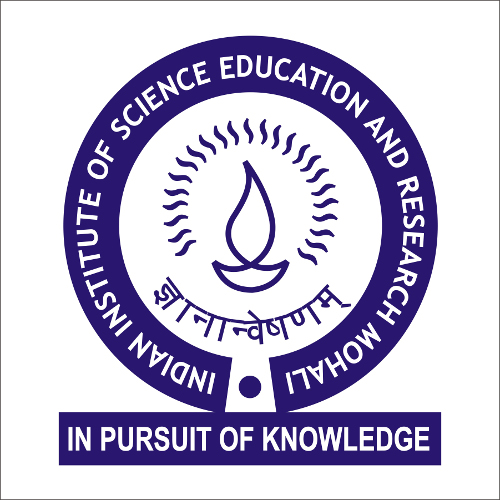Forthcoming Events
Decoding the evolutionary pathway of the Milky Way - a quest with Gaia mission & simulations
Soumavo Ghosh (Max Planck Institute for Astronomy)
Location : Online
Abstract: In the hierarchical structure scenario formation, galaxies
grow via mergers and by accreting cold gas along cosmic filaments. On
the other hand, non-axisymmetric structures such as spiral arms, bars
drive the long-term (secular) evolution in disc galaxies. These
processes leave characteristic morphological and kinematic fingerprints,
and excavating these fingerprints holds the key to unravel the detailed
evolutionary pathways of galaxies. The Milky Way (which harbours both
spiral arms and a stellar bar), plays a pivotal role in decoding the
evolutionary pathway of disc galaxies. Empowered with the European Space
Agency's Gaia mission, the Milky Way offers a unique opportunity to
carry out detailed photometric, spectroscopic, and dynamical studies on
an individual star-by-star basis, in a way that is impossible for
external galaxies. On the other hand, the recent observations of
high-redshift galaxies (z ~ 1-3), as unveiled by JWST offer vital clues
of galactic dynamics in the earlier universe. With this plethora of
information in hand, the time is ripe to tackle the long-standing
puzzles of galaxy evolution over cosmic time.
In this talk, I will explain some of the kinetic structures in the
phase-space distribution of stars in the Solar vicinity and beyond (as
unveiled by Gaia), and how understanding their origin can potentially
lead to a better understanding of the Milky Way’s evolution over cosmic
time. I will further explore how understanding the recent JWST
observations of high-redshift galaxies by means of numerical simulations
can be instrumental in gaining an overall understanding of evolution of
disc galaxies in the last 8-10 billion years.
Meeting ID: 997 4043 6993
Passcode: 920741
Meeting ID: 997 4043 6993
Passcode: 920741

